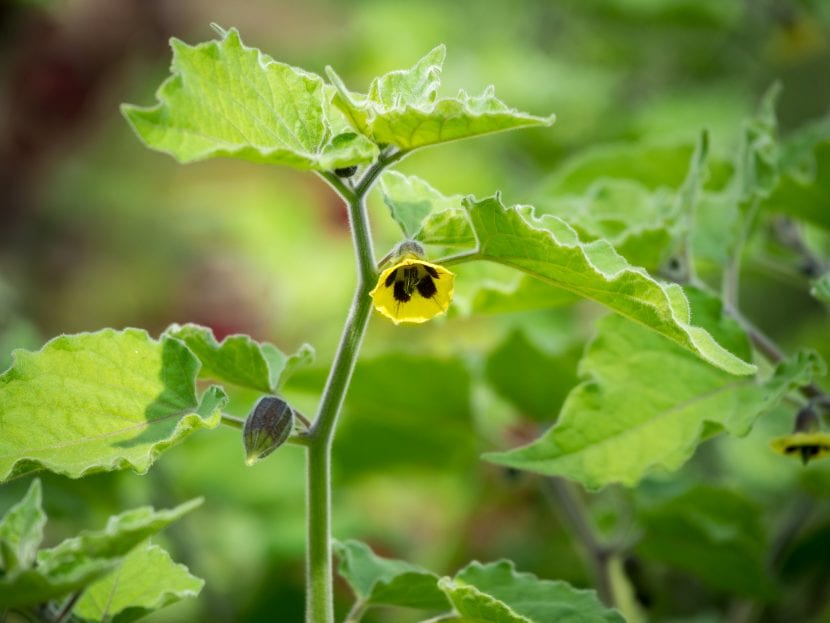
Image - Wikimedia / Plenuska
There are plants that, to be able to enjoy them, you must put them yes or yes in the ground, but there are others such as physalis peruviana that also grow perfect in pots. The most interesting thing about this species is that it serves both as ornamental and edible, so it is undoubtedly one of those that you cannot miss.
The care you need is not complicated; in fact, it will not be difficult for you to keep it in good health.
Origin and characteristics
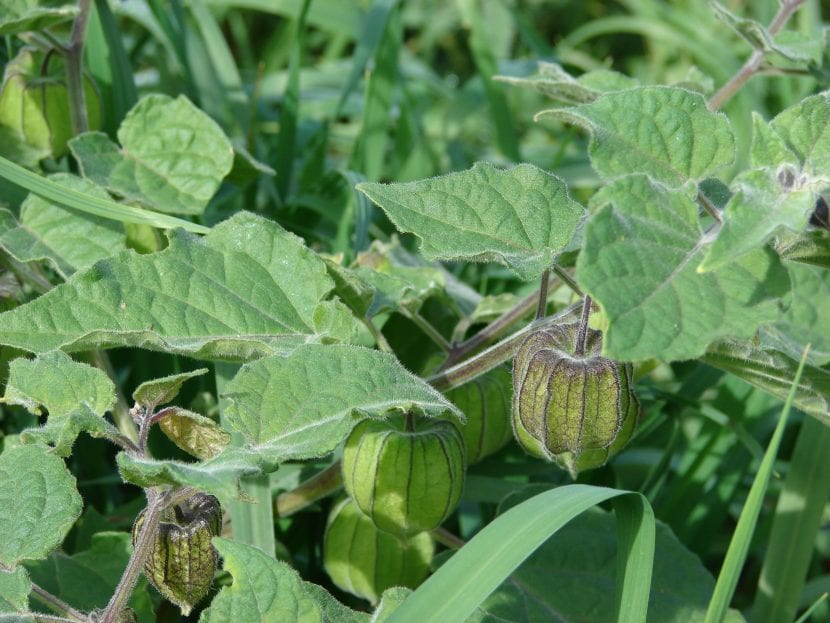
Image - Wikimedia / Forest & Kim Starr
It is a shrubby herbaceous plant known as aguaymanto, cape gooseberry, uvilla or ushun that belongs to the Solanaceae botanical family. It is originally from South America, especially from Peru, which is where the surname (Peruvian) comes from; However, today it is also cultivated in Africa, Asia, and in any area that enjoys a temperate and / or warm climate.
It reaches a height of up to 1 meter, with highly branched branches from which green leaves sprout. Its flowers are bell-shaped, yellow, and appear in spring. The fruit is a drupe of about 1,20 to 2cm in diameter, yellow-orange and with a sweet flavor.
What are their cares?
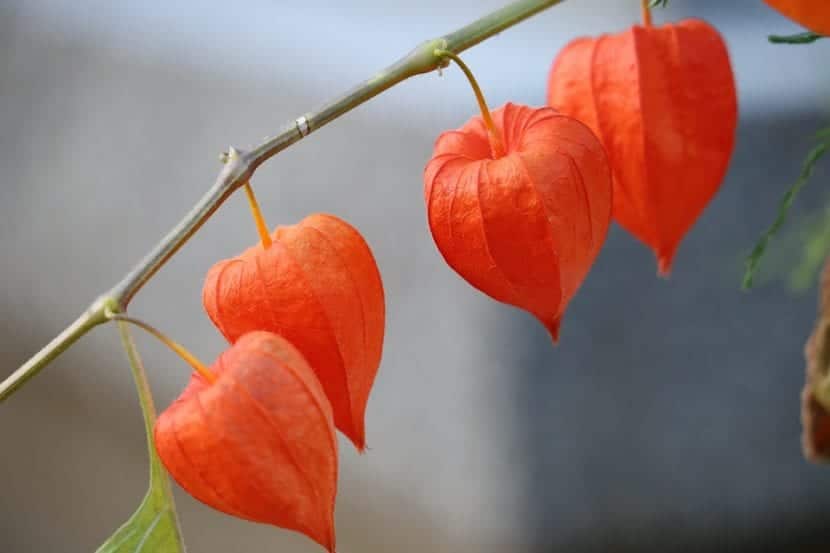
Would you like to have a copy of physalis peruviana? Then we recommend that you provide the following care:
Location
It is a plant that it has to be outside, either in full sun or in semi-shade. It does not have invasive roots, so you can plant it near other plants, but if you are going to grow it in a pot it is preferable that you have it alone.
Earth
- Garden: naturally grows in soils with a pH between 5,6 and 6,9; which means that it lives well both in acids and in those that are slightly limestone. Anyway, you should know that if the one you have is "pure" limestone, that is, with a pH between 7 and 8, you will not have to worry too much since watering with a liter of water mixed with the -natural- lemon juice on a regular basis it will produce its fruits normally.
- Flower pot: from what has been said before, you can fill it with a growing medium for acidic plants (for sale here), or universal substrate (for sale here) mixed with 30% blond peat (on sale here).
Irrigation
If in your area the annual rainfall is between 1000 and 2000, and relative humidity is between 70 and 80%, you will not have to water 🙂. Otherwise, it is important that you know that it requires frequent watering and high humidity. But beware, you don't have to treat it as if it were an aquatic plant; in fact, if it were done that way, its roots would rot quickly.
For this reason, and to avoid problems, I recommend watering it about 3 or 4 times a week in summer, and about two weekly the rest of the year. Always use rainwater, without lime, or mixed with natural lemon juice or with a little - a tablespoon per 5l of water - of vinegar.
Subscriber
During all the warm months of the year it is advisable to pay with organic fertilizers, since these are not toxic neither for the plant nor for the humans (nor for anybody, really). Just keep in mind that if you use guano, or any bird manure (marine or terrestrial) it is very, very important to follow the instructions exactly, since it is so concentrated that there may be a risk of overdose.
Multiplication
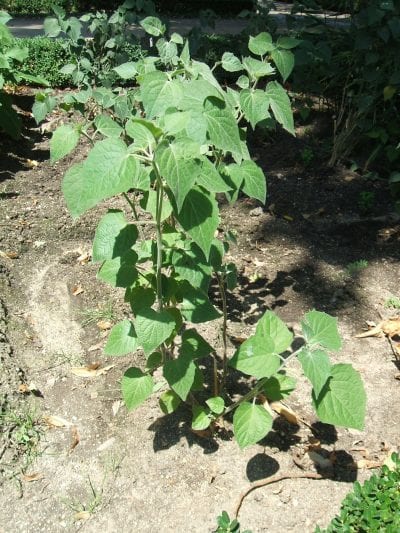
Image - Wikimedia / Bsm15
Seeds
El physalis peruviana multiplies by seeds in spring, following this step by step:
- The first thing you have to do is fill a seedling tray with substrate for acidic plants, and water it thoroughly.
- Then, place a maximum of two seeds in each socket, and cover them with a thin layer of substrate.
- Then water again, this time with a sprayer.
- Finally, place the seedling tray inside another, wider tray that does not have holes (like this one they sell here for example), and is abroad.
Keeping the substrate moist, the seeds will germinate in 1-2 weeks.
Cuttings
If the weather is warm and frost-free, too can be multiplied by cuttings in spring. To do this, what is done is to cut a branch, impregnate the base with homemade rooting agents and finally plant it in a pot with vermiculite (for sale here).
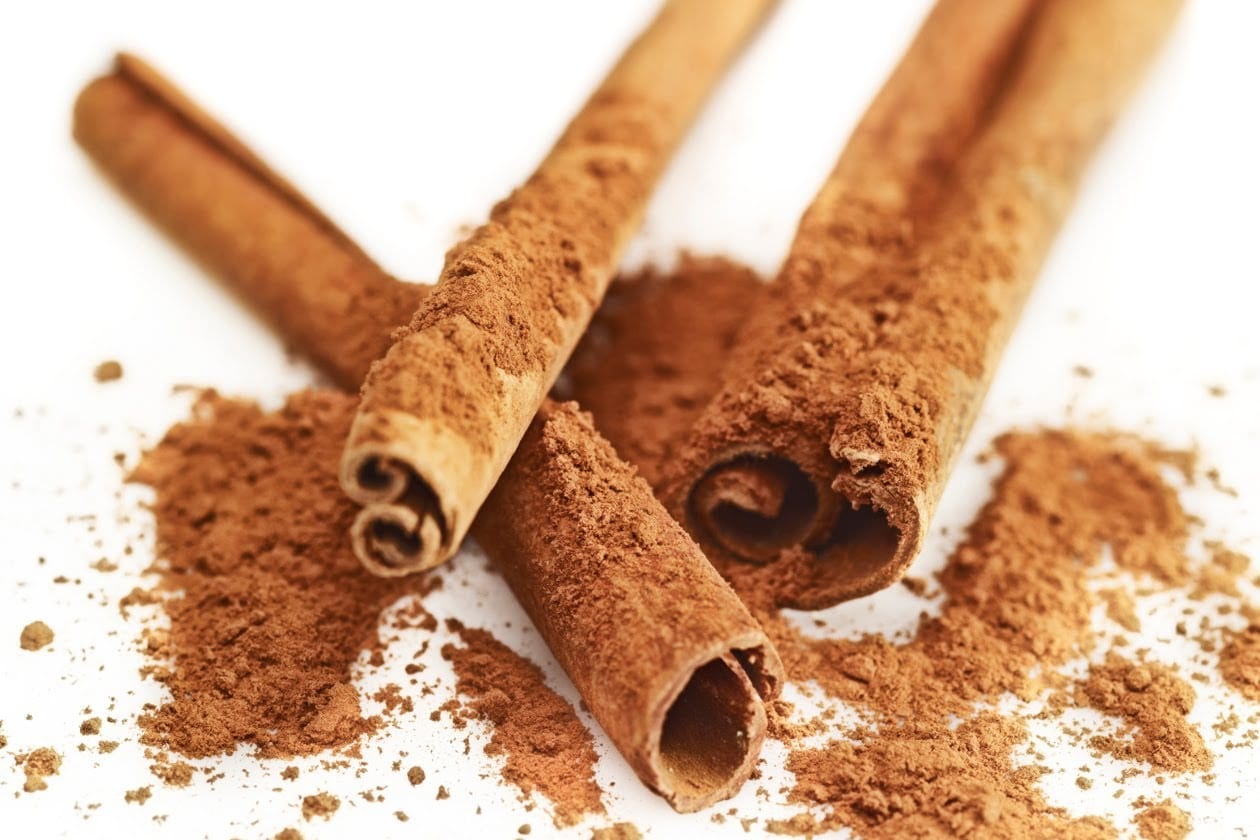
Keeping the substrate moist and placed outside, in semi-shade, it will emit its own roots in about 3 or 4 weeks.
Planting or transplanting time
La physalis peruviana it is planted in the garden or moved to a larger pot in spring, when the risk of frost has passed.
Pruning
With scissors previously disinfected with alcohol, dry, diseased, weak or broken branches must be removed. It can also be used to cut the others, in order to get a more compact plant.
Rusticity
Resists cold and weak frosts of up to -2ºC provided they are short-lived.
What uses does it have?
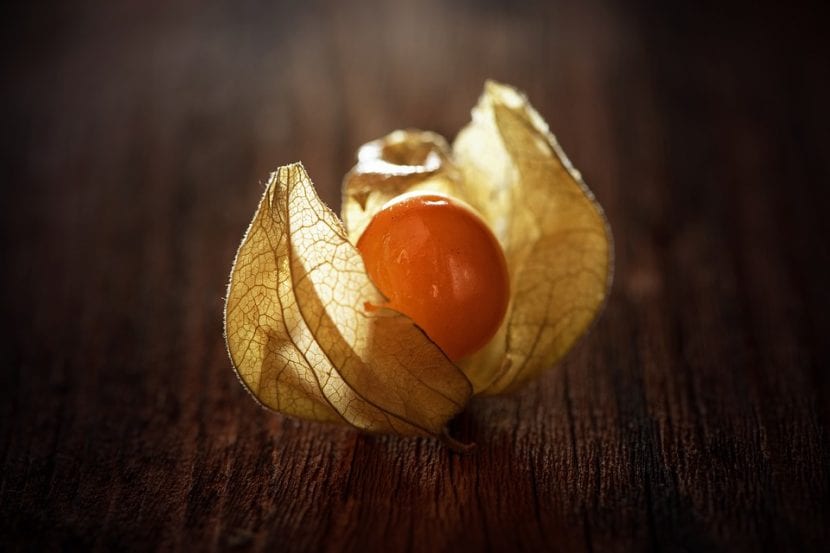
Ornamental
It is a very decorative plant, especially when it has produced its fruits. It is perfect for growing in pots, in planters, in recycled buckets with holes in the base, ... and of course in the orchard or garden.
Edible
The fruits can be eaten fresh, just picked from the plant, but they are also used to make jams, yogurts, sweets, ice creams, preserves and even liqueurs.
Medicinal
It is believed to help prevent or relieve symptoms of asthma, rheumatism, depression, menopause, injuries, diabetes, or sinusitis.
What did you think of physalis peruviana?
Good night people. Thank you very much for the report.
It seems very complete to me.
Greetings.
Hello Oscar.
Thank you for your words. We hope it has been of interest to you.
Regards!
Hello this summer, a friend gave me some physalis fruits and I was surprised that it was eaten because I had it for a long time, I tried to rescue what my father had, but I lost the plant and I no longer got seeds, two of the I left the fruits of this friend to dry and a few days ago I put them in two different pots, the best seed I had I put directly in a large pot and the other seed that when drying had been left with a slightly drier area I have put in a small pot so that if I get them to sprout transplant it to a large one, this article has seemed very interesting because it explains it very well I hope to get the plant I would be very happy
Hi Soraya.
Good luck with those seeds. It is certainly a plant worth growing.
If you have any questions, you know where we are 🙂
Greetings.
The report is very good, with it you can perfectly cultivate your Phisalys, which is a beautiful plant, with delicious fruits, it does not want too much temperature and it is not demanding in care.
Hello Angel.
True, it is a very grateful plant.
I'd be interested in growing it in pots. It has piqued my curiosity.
Hello Olga.
Well, for sure it will be easy for you, since it grows very well in pots 🙂
Greetings.
CUTE REPORT. I WOULD HAVE LIKED TO SEE SOME MORE PHOTOS LIKE FOR EXAMPLE THE SEEDS, MULTIPLICATIONS BY CUTTING, ETC.
Thank you Liliana, for your message and suggestion.
There was a lack of information on nutritional contribution, the ideal climate but it is always good to share. I just got it today, Tuesday, September 20, 22, very cheaply, at a dollar and a half or 30 Mexican pesos where I least expected it after a long time. It already has few fruits so it will not take long to give me the satisfaction of enjoying it. I am interested in its fruits and the great nutritional benefits it provides, I will take care of feeding it well with compost and earthworm humus. It should be noted that here in Puebla Mexico it is not found, what is more, they do not even know it because it is very expensive in the free market: 5 dollars for some seeds or 20 dollars for the plant.
Hi Ray.
Thanks for your comment.
A greeting.
Excellent information and I like it for the properties it has. I am from San Juan Argentina and here we do not have this plant, greetings
Hello Irene.
Thanks for comment. Maybe you can get it at a plant nursery or garden store. And if not, you may find seeds on the ebay website.
Greetings.